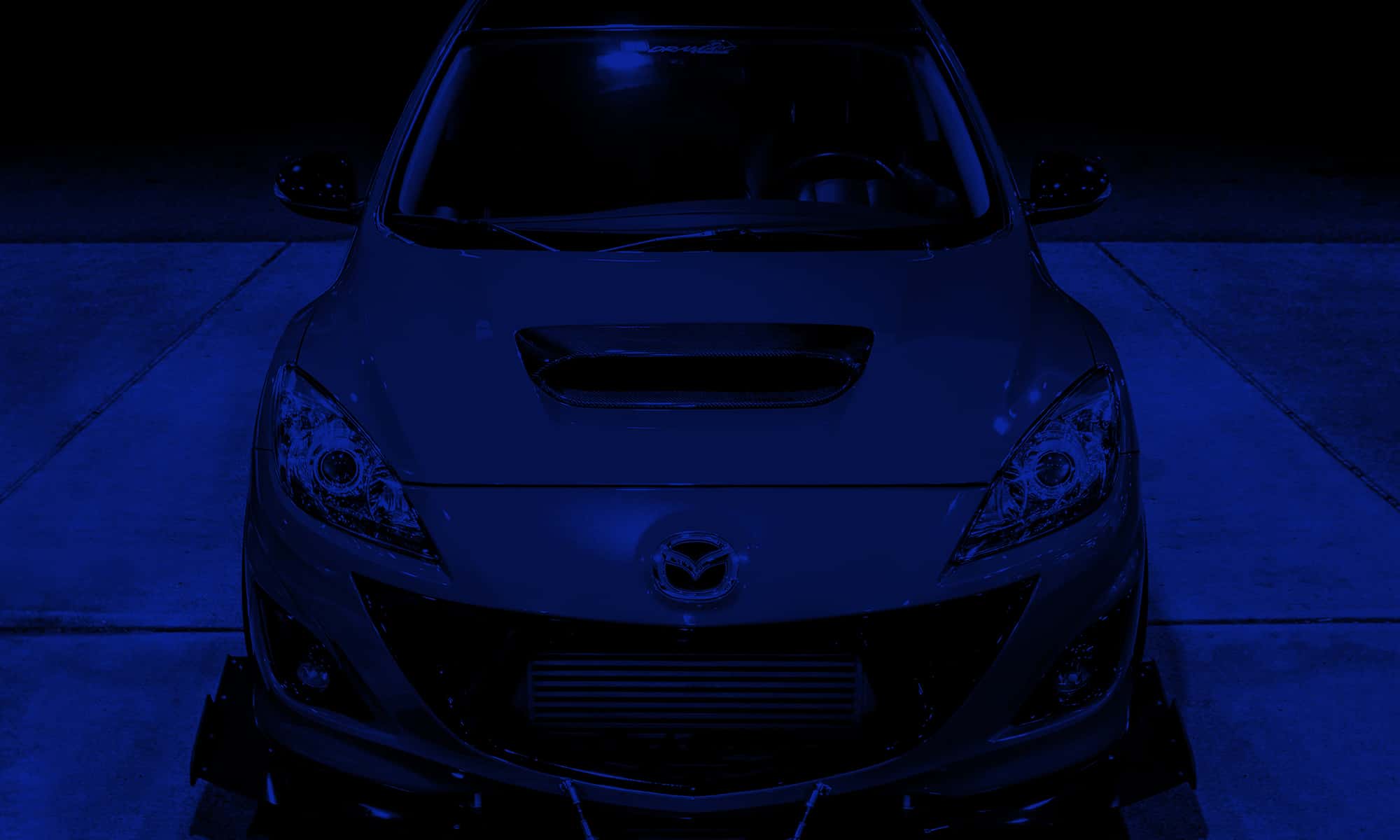One question I get a lot is “Can I install this part?” My answer: “Do you have the right tools to do the job?” Depending on the part you are installing just about anyone can get the job done with the directions we supply, a basic idea of how the job works and the right set of tools. Looking back at a previous blog we did about tools, I thought I would add on a bit and tell you about what tools I would start with.
At my previous job, my tools paid the bills so it was a must to have the right tools for the job. There is a big difference between quality tools and the cheap set of ratchets and wrenches you find in the plastic cases at most auto parts stores. I have broken the gears in a number of cheap ratchets and rounded off bolts because the wrench is just not quite the size it says it is. I have always been a fan of Craftsman tools for a few reasons, but mainly because you can just take it back to the store when you break one and get it replaced with no issues. Snap-On has the same policies, but unless you can get the guy in the truck to come by your house you’re going to have to hunt one down to exchange the tools you need.
A basic set of tools is always a good thing to have around the garage. Tools will save you time and save you money. If you don’t have the right tools for the job it’s going to make the job very frustrating and hard to complete. Buying a good quality tool set to start with is a good idea if you want to start working on your car yourself. With a vast majority of cars, even domestics, using metric bolts you can save some money buying an all metric tool kit. I am not saying you need to spend thousands of dollars on a Snap-On kit or Craftsman Pro kit, but they do make good starter sets that will come with just about everything you will need to do normal jobs on your car.
– Chris









